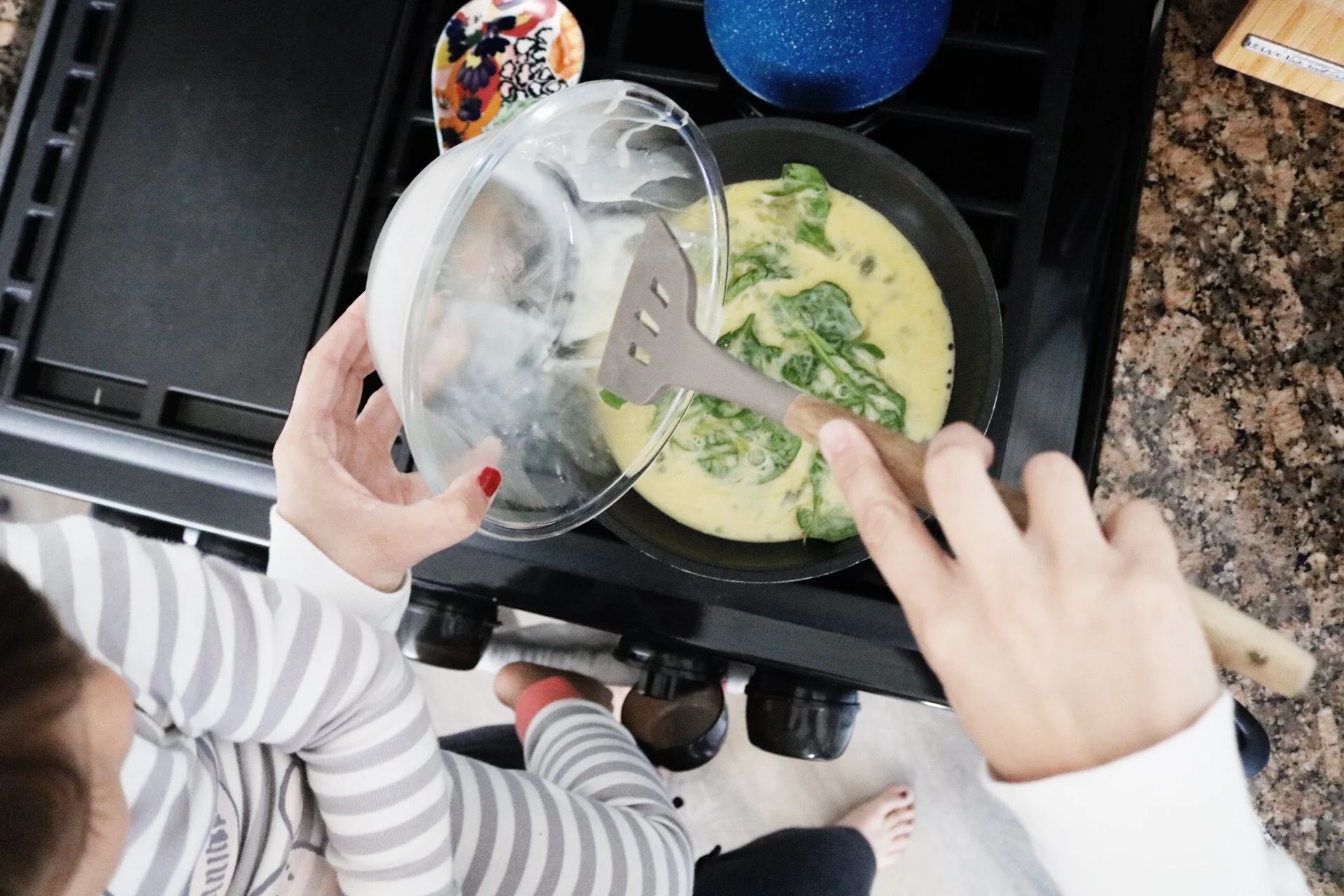I'm one of those people that can get super paranoid if I don't watch my thought life. I become paralyzed by fear of the craziest things. So I think it's so important to live your life in balance, not in fear, because living in fear is no way to live. But, at the same time, we must be cautious and do everything we can to live the fullest life possible.
So this year I started doing more research on all the different toxins we encounter daily, and how they affect our health, and I was amazed by the things I found. Plastics that are BPA free are supposed to be safe right? If it's FDA approved, it's safe right? If it's recommended by a doctor, it's safe right?? Wrong.
My favorite website to search out all these things is healthychild.org, that's where I began my research. Here are some articles I love and some highlights from those articles. (click the title to take you to the article)
REDUCE YOUR USE OF PLASTICS
Other reasons for concern: Corporations use hormone-disrupting phthalates to soften PVC plastic and add fire retardants to plastic electronic items. The synthetic estrogen BPA, once common in plastic water bottles and baby bottles, is still used in the linings of most metal food cans. And perfluorinated chemicals are widely used to create a greaseproof layer in fast food packaging and food containers such as pizza boxes and candy bar wrappers.
FIND SAFE PLASTICS TO STORE YOUR FAMILY’S FOOD!
Among the many toxic chemicals that can migrate from packaging into food are the endocrine disrupting phthalates and organotins and the carcinogen benzophenone. These compounds are heavily used in food packaging and have known health effects, yet are not routinely tested or regulated in food.
REDUCE YOUR USE OF PVC IN PLASTICS AND OTHER HOUSEHOLD PRODUCTS
From food packaging and children’s toys to shower curtains and building materials, PVC (aka: polyvinyl chloride or vinyl) is all around us. But, from both an environmental and health standpoint, PVC is the most toxic plastic.
Here’s why: Vinyl chloride, the chemical used to make PVC, is a known human carcinogen, according to the World Health Organization’s International Agency for Research on Cancer (IARC). Workers in PVC manufacturing facilities and residents of surrounding communities are at risk from exposure to these chemicals which contaminate the water, soil and air around these facilities.
IT’S “BPA-FREE,” BUT IS IT SAFE?
Endocrine disruption sits at the center of the BPA controversy. Hard polycarbonate plastics containing BPA can leach it into food or beverages stored inside. Once in our bloodstreams, BPA mimics hormones like estrogen and is suspected of causing health effects from cancer and obesity to reproductive and behavioral problems.
New BPA-free plastics supposedly offered a solution. Yet researchers found that when exposed to heat and/or UV light like that found in sunshine and sterilizing devices, over 75% of tested products released as of yet unidentified chemicals that also mimic hormones. Some released these “synthetic estrogens” even before being subjected to such conditions.
DITCH THE PLASTIC. BOTTLE YOUR OWN WATER!
If you think you’re protecting yourself or your child from the “nasty pollutants” in tap water by drinking bottled water, think again. The U.S. Environmental Protection Agency says, “Some bottled water is treated more than tap water, while some is treated less or not at all.”
Plastic Toxins Are Leaching Into Your Food And Water – Here’s How To Avoid Them
Play the numbers game. Plastic products are labeled with numbers to indicate the chemical makeup and ability of the product to be recycled. Avoiding number six will keep you away from styrene, while steering clear of numbers three and seven will help you avoid BPA and phthalates.
So, the first thing I replaced in our kitchen was our cooking utensils which were mostly plastic. I didn't want to get wooden utensils because bacteria can soak into the wood, so we opted for silicone (which I linked at the bottom of this post). Silicone is chemically inert, stable, won’t leach into food, or off-gas, it also doesn't absorb bacteria. We've also replaced our plastics with ceramics and glass.
I still have so much to learn when it comes to the different toxins we're exposed to daily. So far, my research has mostly been about plastics. I've yet to search in depth about cookware and such (I have to pace myself or I'll go crazy).
And it's easy to look the other way, or live in ignorance because it's too hard to change your way of life. But now knowing the truth I feel I have a responsibility to not only defend my family, but share it with others.
Stay tuned for many more "non-toxic" posts as I continue my research and slowly convert to a completely non-toxic lifestyle.





